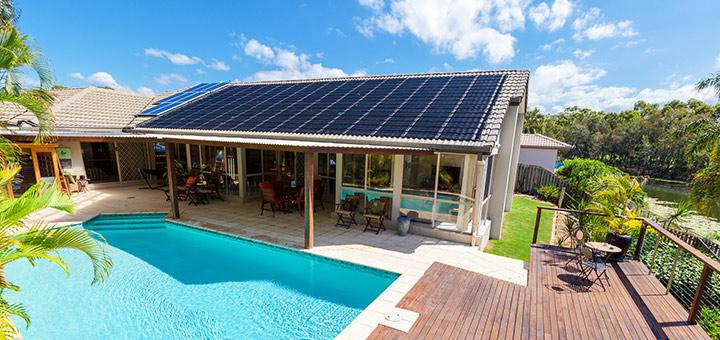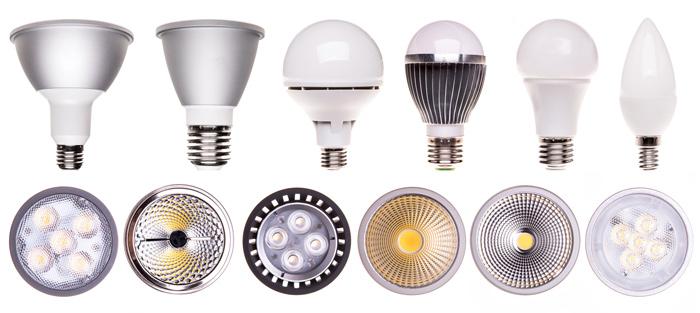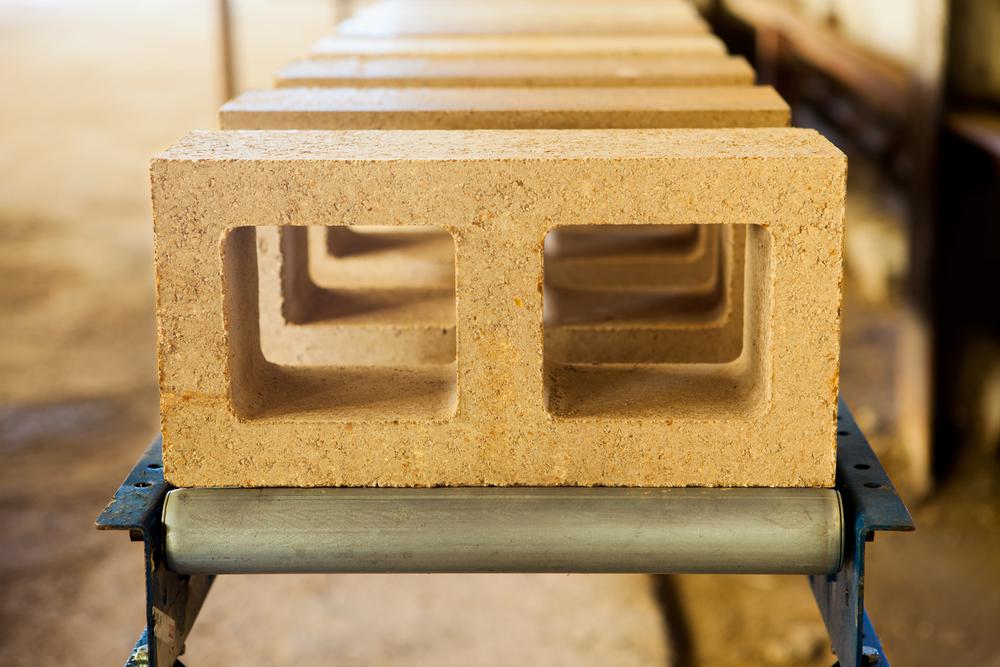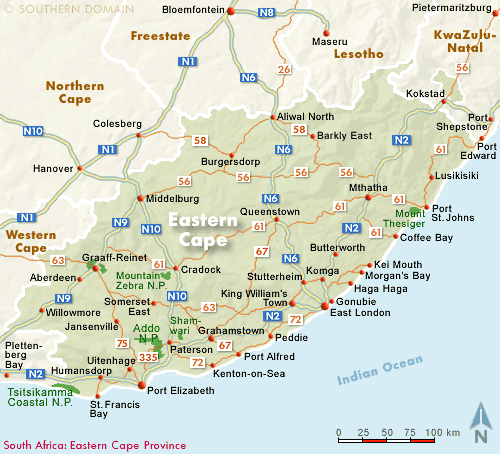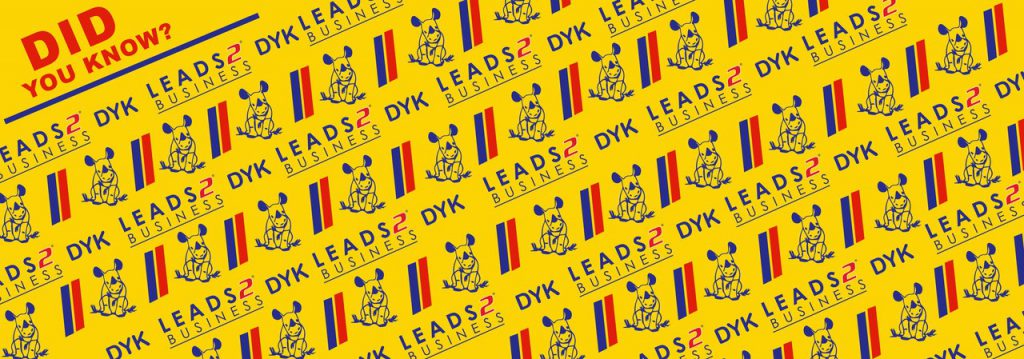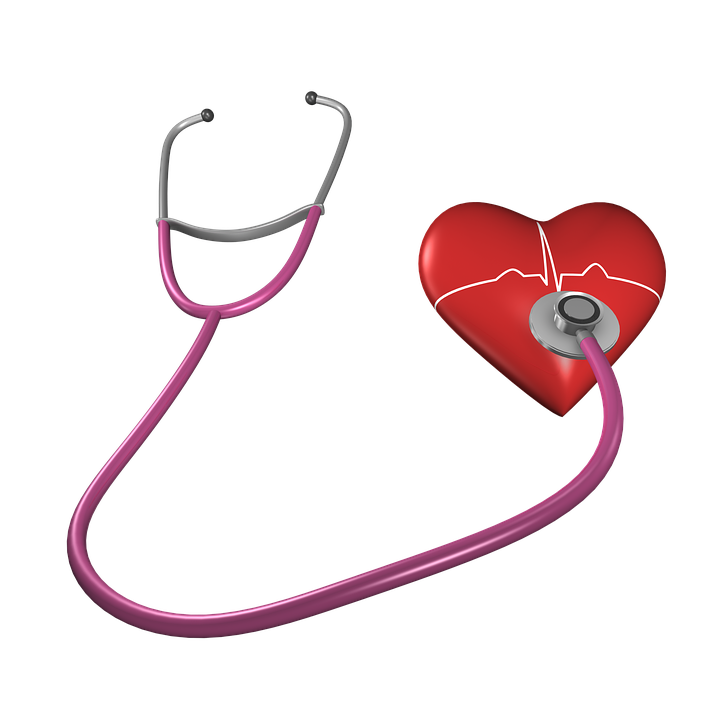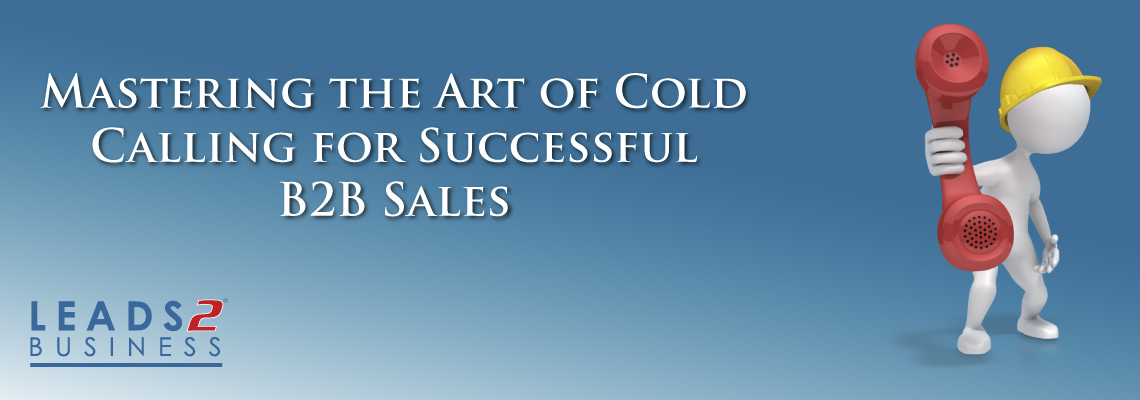
I enjoy reaching the office early and starting my day with the most urgent things, first I need to establish if any of the sales staff are not in for the day and if so I need to ensure that all appointments are cancelled or moved to another sales executive to ensure customers and potential customers are taken care of.
Thereafter I look at the office cell and ensure that all clients that have sent messages have been assisted by notifying the relevant sales executive if their clients are asking for the rescheduling of an appointment. Next are my emails, I print and sign off subscription forms and send these to our Registration Department and deal with any queries, leads and reports that have been sent to me.
When 8:00am hits the office comes alive with chatting and perfectly manicured nails hitting keyboards. The sales ladies are high-spirited and bubbly but before long the office falls silent again as they head out on the road to see clients for the day. This is when the Telesales Department jumps into action and starts phoning potential clients to set appointments for the sales team, the office is once again a bustle of noise.
I then start working through my staff’s previous day’s work, compiling reports, checking appointments for quality and ensuring cancellations are reported and that these appointments are being rescheduled. I manage all aspects of the Telesales Department and all Administration for the Johannesburg Branch.
At 16:25 we start finishing off for the day and leave the office satisfied with a job well done!
To view more Articles, please visit our Leads 2 Business Blog.
If you are interested in becoming one of our subscribers, please visit Leads 2 Business.
To view notes with screenshots on how to use our website, please visit Leads 2 Business Wiki.
About Karen Garner-Savory
I started working at Leads 2 Business in May 2009, and have served as Head of Department of Telesales and Administration from 2010 until the present. I oversee both the Telesales department as well as the Administration of our Johannesburg Office.




